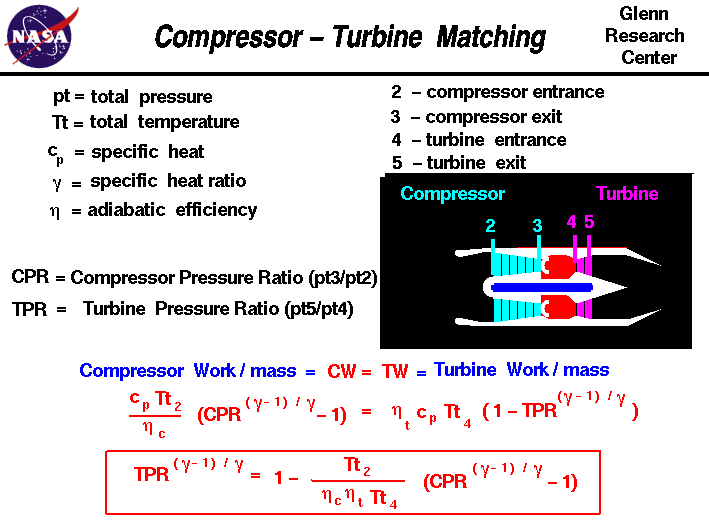
It is, however, important to note that in order for Hess’s law to be valid, all the individual reactions should occur at the same temperature. In this reaction, we can break down the reactions for CS2, CO2, and 2SO2 and calculate their individual enthalpy change to sum up the total enthalpy change. We know the expression for enthalpy of formation is:įor instance, let's take a look at the following reaction, When q is negative, exothermic reaction-heat is releasedĪn ideal way to approach the enthalpy change calculation is with Hess’s law, which states that the total enthalpy change of a reaction can be the sum of each individual enthalpy when the reaction is broken down into two or more steps. When q is positive, endothermic reaction-heat is absorbed This equation is important in identifying what type of reaction occurs within the system. However, this also means that the change in enthalpy is equal to the heat absorbed or released in the system, according to the first law of thermodynamics: The above equation is true only when the work is performed at constant pressure. Where Δ represents the change, H is enthalpy, U is internal energy, p is pressure, and V is the volume of the system. There are various unknown or insignificant factors involved in the measurement of enthalpy, so instead of calculating enthalpy itself, we simplify the calculation by calculating the change in enthalpy. For instance, if flow in a fluid system is considered, the work is done to drive the flow in or push it out of the device, such as a pump. The term pV is the amount of work done by the system. Enthalpy and Enthalpy Change CalculationsĮnthalpy is the total energy content in a thermodynamic system and can be calculated numerically as the sum of internal energy and the product of pressure and volume of the system. In this article, we will address the ways of calculating enthalpy change by implementing theories like Hess’s law.


Working out the total enthalpy change through these different routes is an important part of the thermodynamic flow design cycle. This also means the involvement of different types of enthalpy changes, such as the enthalpy of combustion, formation, or neutralization.

The enthalpy change of a reaction highly influences the reaction types (endothermic, exothermic), phase transition (solid-liquid-gas), and other thermal phenomena. This involves the process of heat absorption or release during a reaction, which is the enthalpy change. The value of enthalpy reflects the capability of a thermodynamic or steady flow system to release heat and perform work. When a single reaction involves different temperatures, Kirchhoff’s law facilitates enthalpy change calculations in relation to heat capacity. Enthalpy is a measure of the total energy content within a thermodynamic system.Īccording to Hess’s law, the total enthalpy change is the sum of individual enthalpy changes when the reaction is broken down into multiple steps.


 0 kommentar(er)
0 kommentar(er)
